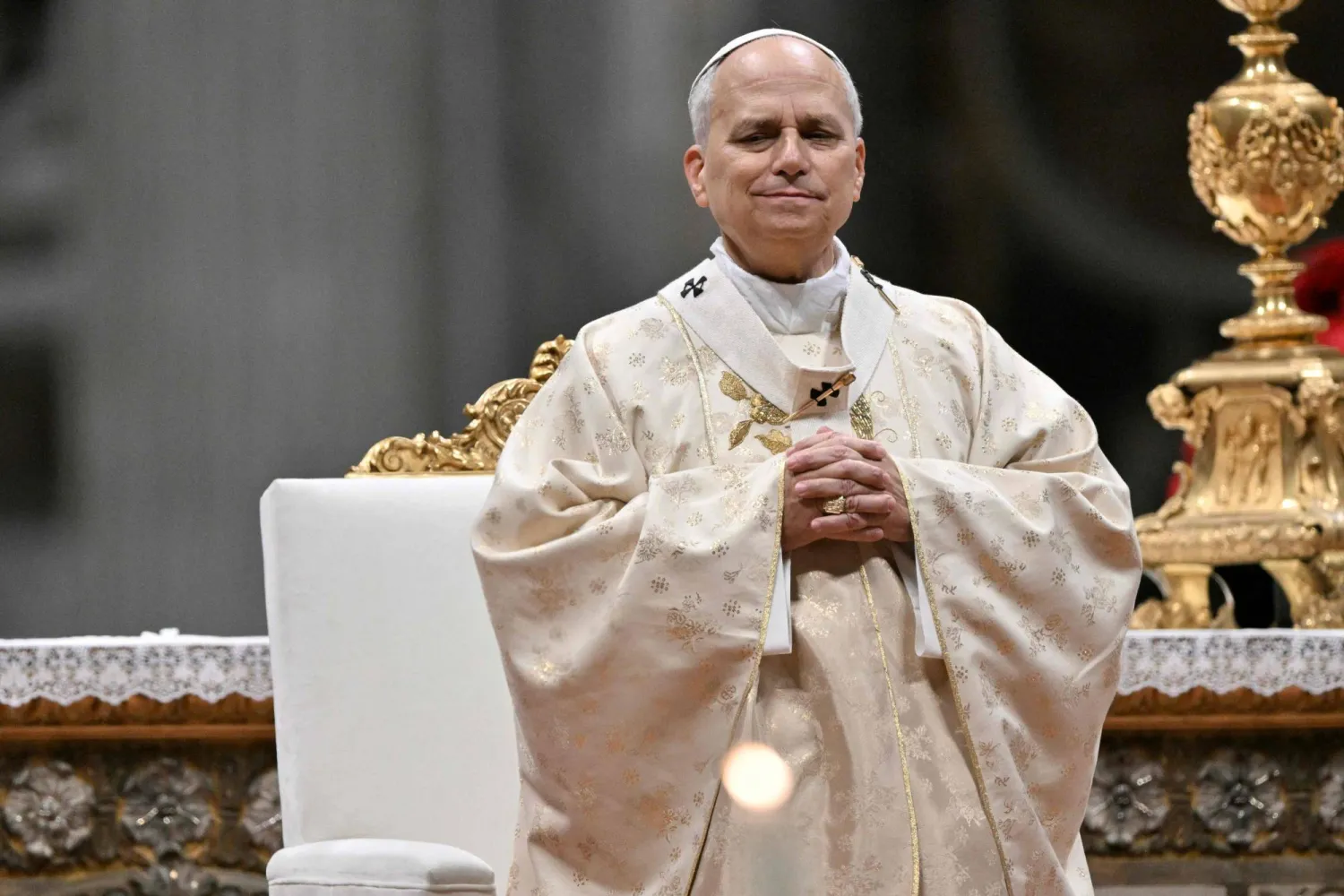Sweden’s national flag was raised at NATO headquarters on Monday, cementing the Nordic country’s place as the 32nd member of the alliance two years after Russia’s invasion of Ukraine persuaded its reluctant public to seek safety under NATO's security umbrella.
Under a steady rain, Swedish Prime Minister Ulf Kristersson and NATO Secretary-General Jens Stoltenberg looked on as two soldiers raised the blue banner emblazoned with a yellow cross among the official circle of national flags at the headquarters in Brussels, Belgium.
“We are humble, but we are also proud. We know the expectations for Sweden are high, but we also have high expectations for ourselves,” Kristersson told reporters minutes before the ceremony. “We will share burdens, responsibilities and risks with our allies.”
Sweden set aside decades of post-World War II neutrality when it formally joined NATO last Thursday. Its neighbor Finland had already joined in April 2023 in another historic move ending years of military nonalignment.
Finland's defense ministry welcomed “our brothers and sisters in arms” on X, formerly Twitter, saying “now we stand at the beginning of a new era. Together and with other allies in peace, in crisis and beyond.”
President Vladimir Putin’s decision to order Russian troops into Ukraine in February 2022 triggered an about-face in public opinion in both countries, and within three months they had applied to join the world’s biggest security organization.
Putin claimed to have launched the war, at least in part, over NATO’s eastward expansion toward Russia but it has swollen the alliance’s ranks. NATO leaders have promised that Ukraine itself will join one day, although almost certainly not while the conflict rages on.
“When President Putin launched his full-scale invasion two years ago, he wanted less NATO, and more control over his neighbors. He wanted to destroy Ukraine as a sovereign state, but he failed,” Stoltenberg said.
“NATO is now bigger and stronger. Ukraine is closer to NATO than ever before, and as the brave Ukrainians continue to fight for their freedom, we stand by their side,” he said.
Sweden’s membership completes a strategic ring of NATO territory around the Baltic Sea. The country now benefits from the alliance’s collective security guarantee - Article 5 of its treaty - a vow that an attack on one of them will be met by a response from them all.
The flag-raising ceremony came as 20,000 troops from 13 countries began NATO drills in the high north of new member Sweden as well as its neighbors Finland and Norway.
The Nordic drill is part of wider exercises called Steadfast Defender 24, NATO’s largest in decades, with up to 90,000 troops taking part over several months to show any adversary that the alliance can defend all of its territory from North America up to its borders with Russia.









